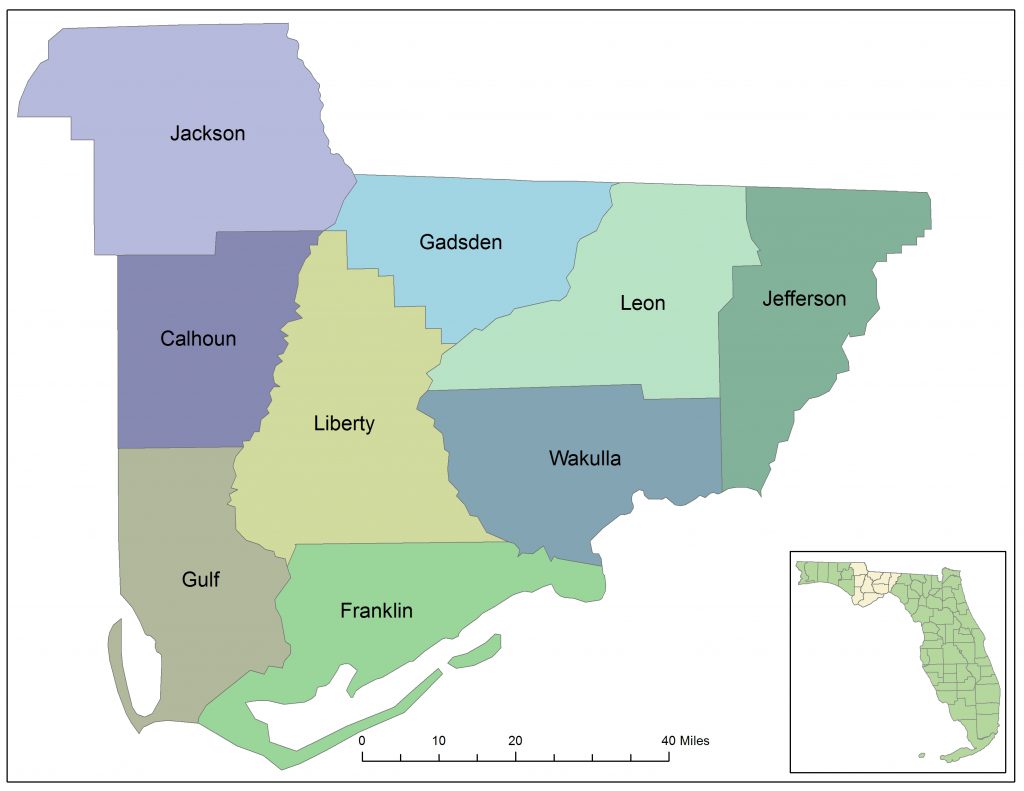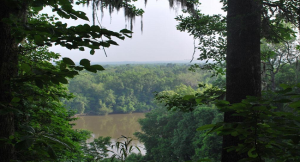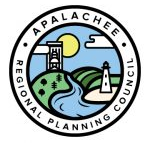The Apalachee Region, located in the Florida panhandle, includes nine counties and 28 incorporated municipalities. The Region includes Jefferson County on its eastern boundary and extends to Jackson, Calhoun and Gulf on the west. The Region extends north to the Alabama and Georgia state lines and south to the Gulf of Mexico, taking in Gadsden, Leon, Liberty, Wakulla and Franklin Counties as well. The Apalachee Region is named for the Native American peoples that once occupied the lands in Leon, Wakulla and Jefferson counties.

The Apalachee Region contains 5,855 square miles or 10.8% of the State’s land area. In 2014, the Region had a population of 477,008 or 2.4% of the State’s population. Predominantly rural in nature, the Region’s economy relies heavily on natural resources based industry such as forestry, fishing and agriculture. Government services sectors also play a significant role, with state agencies accounting for a major portion of the government employment. Efforts to encourage economic development and recruit businesses to the Region are critical to preserving and enhancing the Region’s quality of life.

The Apalachee Region is also one of Florida’s most picturesque areas. Its coastline ranges from beach and dune systems in the west to the marsh and tidal flat systems in the east. The Apalachicola River and Bay has been identified as one the most biologically productive estuarine systems in the state and nation. An abundance of wildlife, game and non-game, as well as endangered and threatened animal and plant species are present in the Region due to the productive habitat created by its heavy forestation and rural nature. There are also numerous resource based recreational opportunities within the Region, including state parks, recreational areas, wilderness preserves, wildlife management areas, aquatic preserves and many designated recreational trails.
